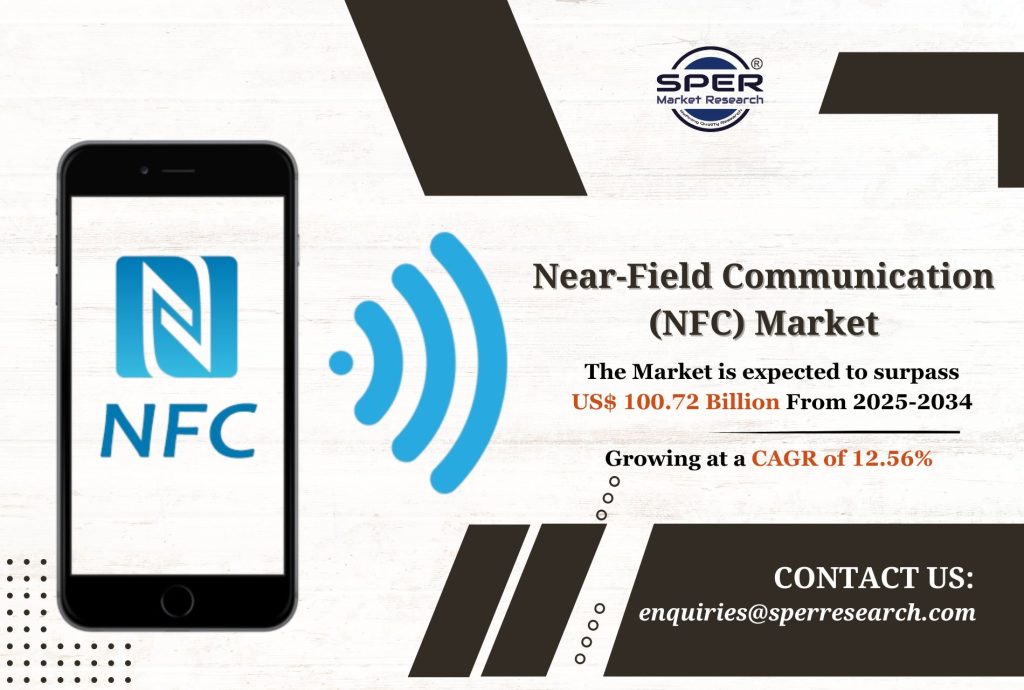Test and Measurement (T&M) equipment is equipment used for analysing, measuring, and validating the electrical, mechanical, and physical characteristics of different systems and components. Products in sectors like electronics, telecommunications, automotive, aerospace, and healthcare depend on these tools to ensure quality, performance, and compliance. Among other tools, T&M equipment consists of oscilloscopes, multimeters, signal generators, spectrum analysers, and environmental testers. Applications for them include maintenance, troubleshooting, manufacturing, and research. The need for accurate and trustworthy measurements propels ongoing developments in T&M technologies, such as automation, data analytics integration, and wireless testing. Advanced T&M solutions are becoming more and more necessary as industries embrace IoT, AI, and 5G technologies, fostering innovation and efficiency gains.
According to SPER market research, ‘Global Test and Measurement Equipment Market Size- By Product, By Service, By Vertical – Regional Outlook, Competitive Strategies and Segment Forecast to 2034’ state that the Global Test and Measurement Equipment Market is predicted to reach 57.72 billion by 2034 with a CAGR of 4.19%.
Drivers:
The increasing usage of ATE for high-volume testing in industries such as semiconductor manufacture is driving up sales of test and measurement equipment. Using increasingly sophisticated test and measurement tools is necessary to accurately diagnose and fix issues with electronic systems and their constituent parts. The demand for test and measurement equipment is rising in emerging economies like China, India, and Brazil as a result of their quick industrialization and infrastructure expansion. The increase in R&D activities in industries like electronics, telecommunications, and automotive is driving the need for test and measurement equipment for product development and innovation. More sophisticated test and measurement tools are becoming more and more necessary to ensure the reliability and quality of products and services.
Request a Free Sample Report: https://www.sperresearch.com/report-store/test-and-measurement-equipment-market?sample=1
Restraints:
The shortage of qualified professionals required for the operation and maintenance of test and measurement equipment may be impeding the market’s growth. For smaller companies or those with more limited resources, the initial high expenses of test and measurement equipment may be unaffordable. Economic downturns may cause businesses to spend less on test and measurement equipment, which would impede market growth. Rapid technological advancements may restrict the rate of adoption among particular users due to complex equipment that requires specialist knowledge to operate and maintain. Following regulatory standards and requirements may make the development and use of test and measurement equipment more challenging and costly. Many businesses in the market provide similar products, which can lead to price wars and pressure on margins.
North America is dominant the market. Growing investments in the electronic industry’s infrastructure development are fueling the market expansion for test and measurement equipment. Some significant market players Rohde & Schwarz, Anritsu, Advantest, EXFO, OWON Technology, GW Instek, ADLINK Technology, RIGOL Technologies, Saluki, IKM Instrutek, Uni-Trend Technology and Mextech Technologies.
For More Information, refer to below link: –
Test and Measurement Equipment Market Growth
Related Reports:
Follow Us –
LinkedIn | Instagram | Facebook | Twitter
Contact Us:
Sara Lopes, Business Consultant — USA
SPER Market Research
enquiries@sperresearch.com
+1–347–460–2899








